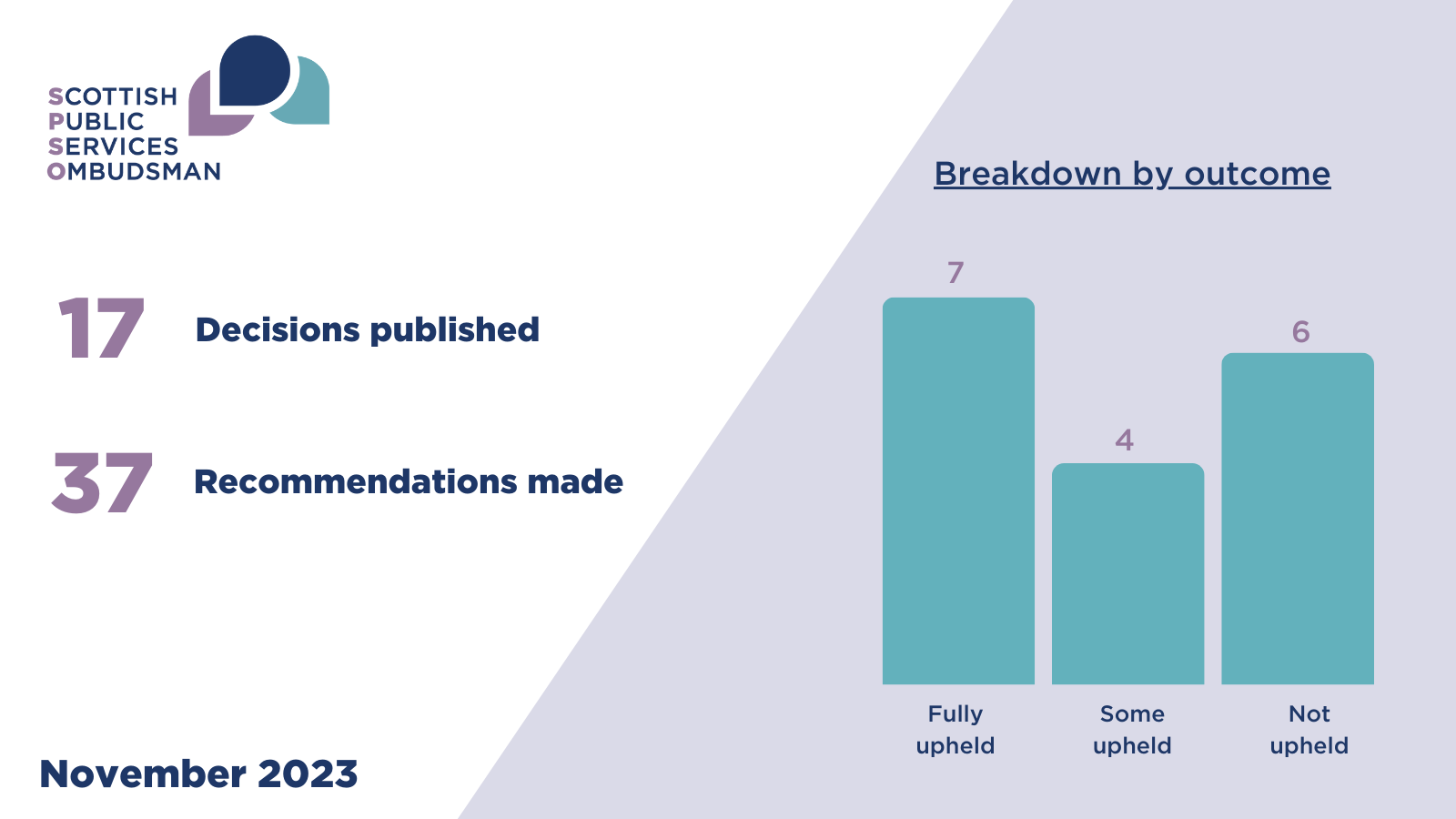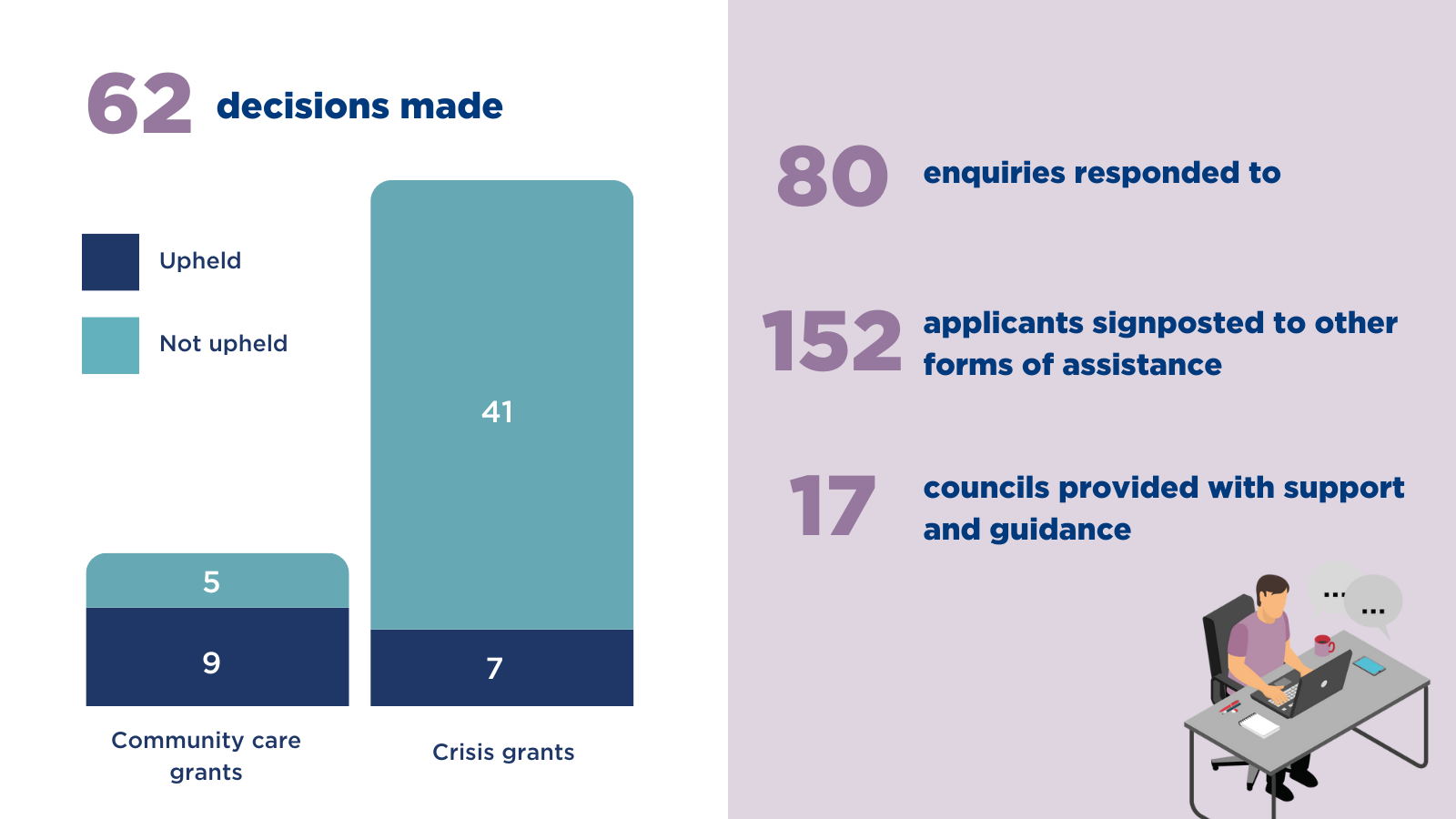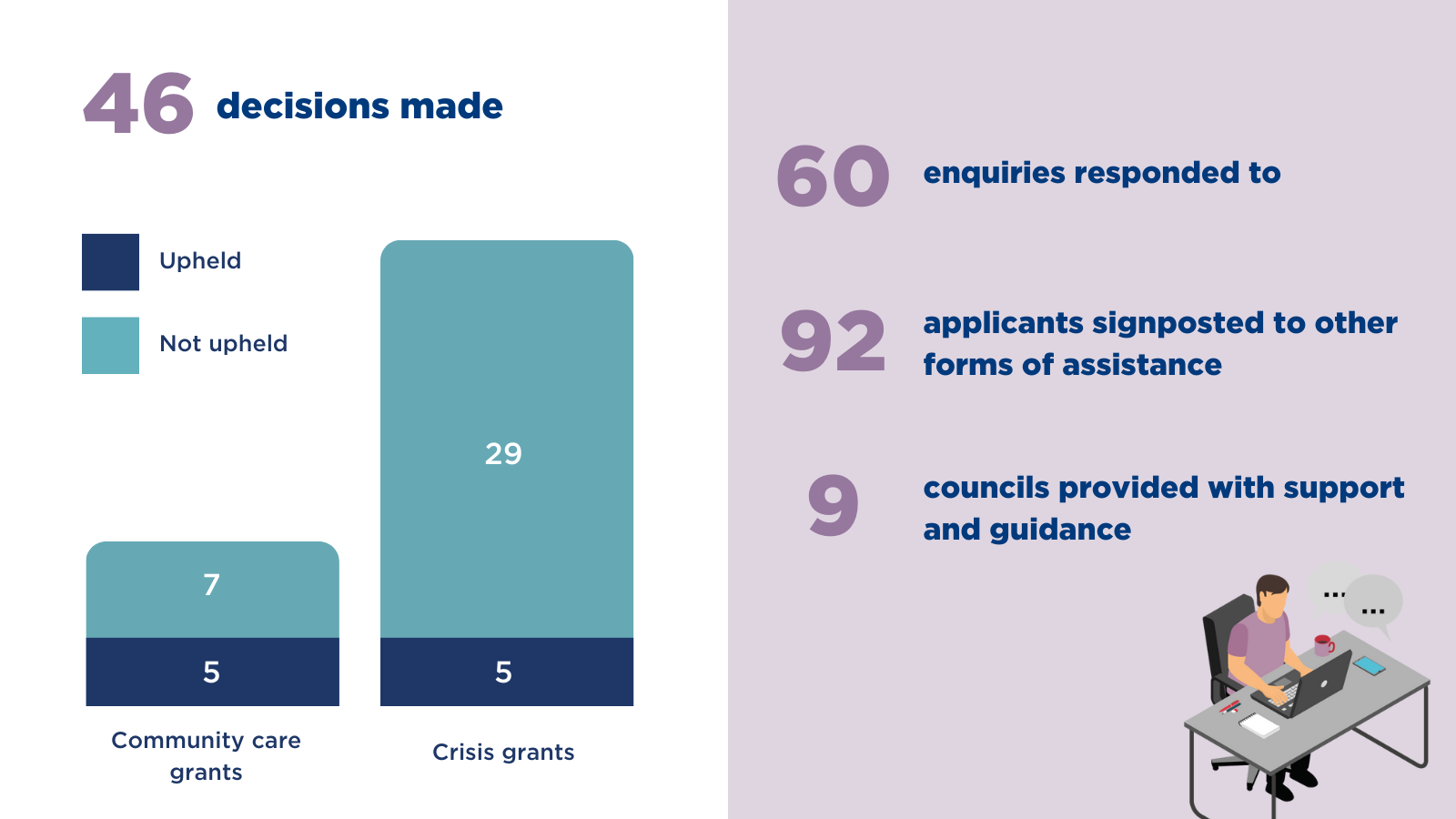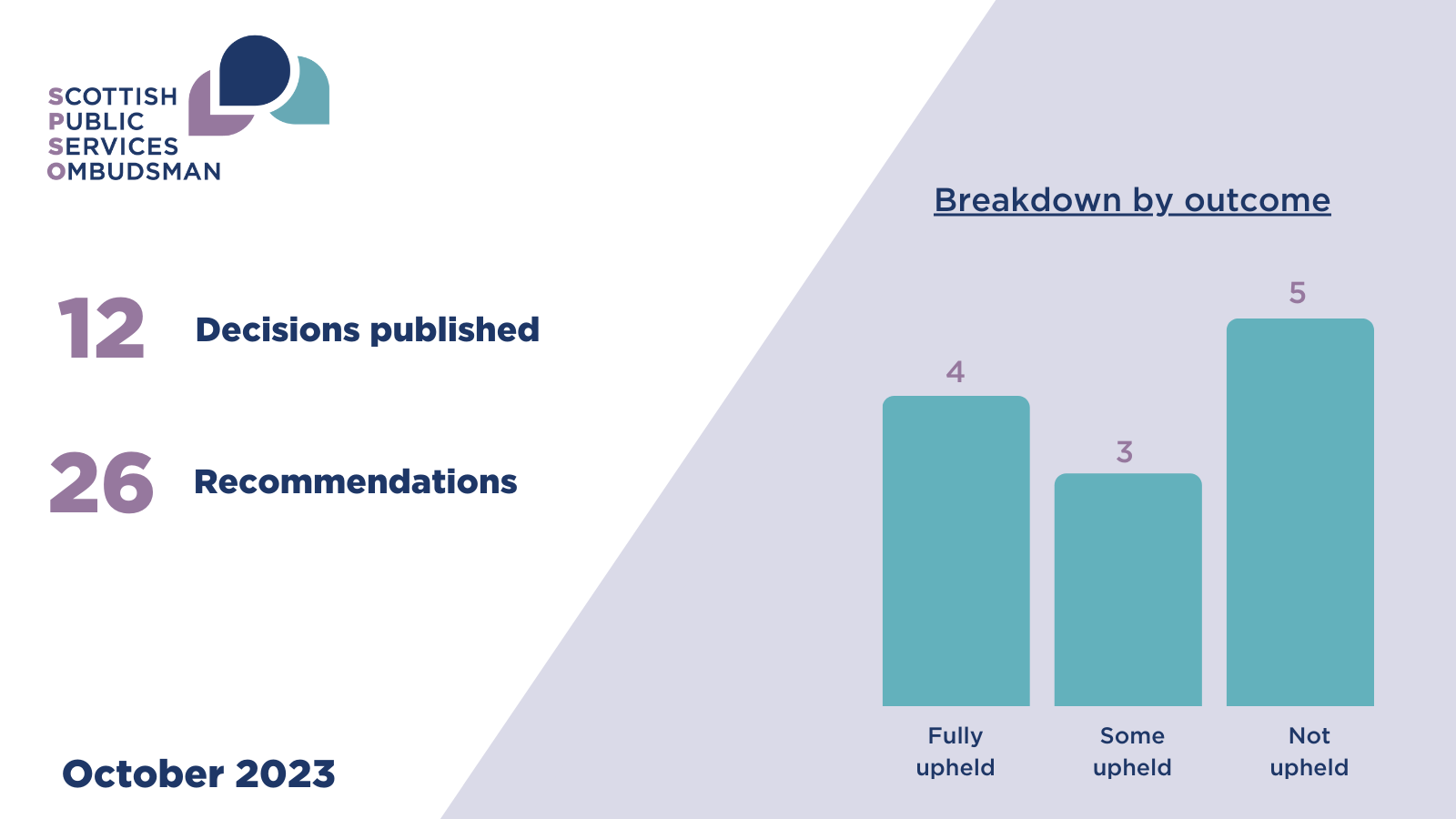Enabling Complaint Handler Wellbeing
At the 2023 SPSO Conference, Carolyn Hirst, Independent Consultant and Researcher at Hirstworks, delivered a fantastic session to delegates drawing on her own experiences and learnings to do with complaint handler wellbeing.





